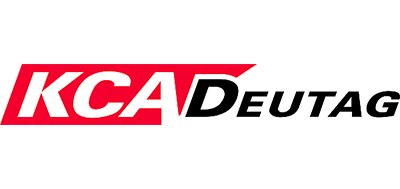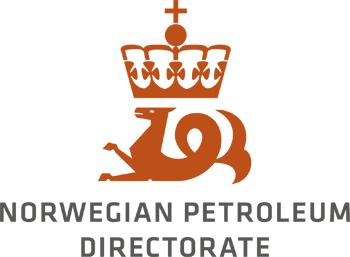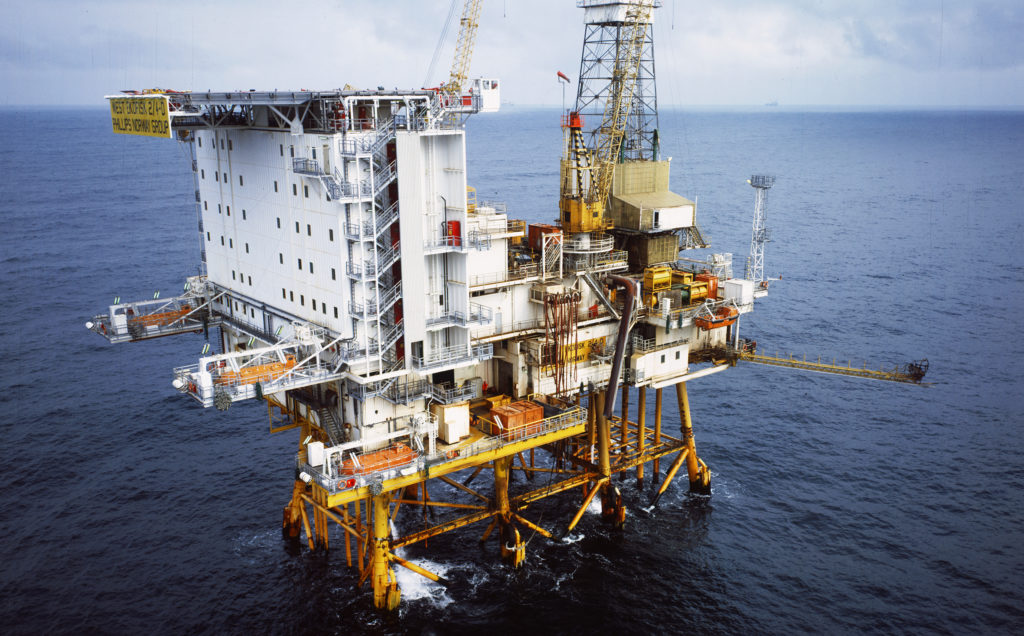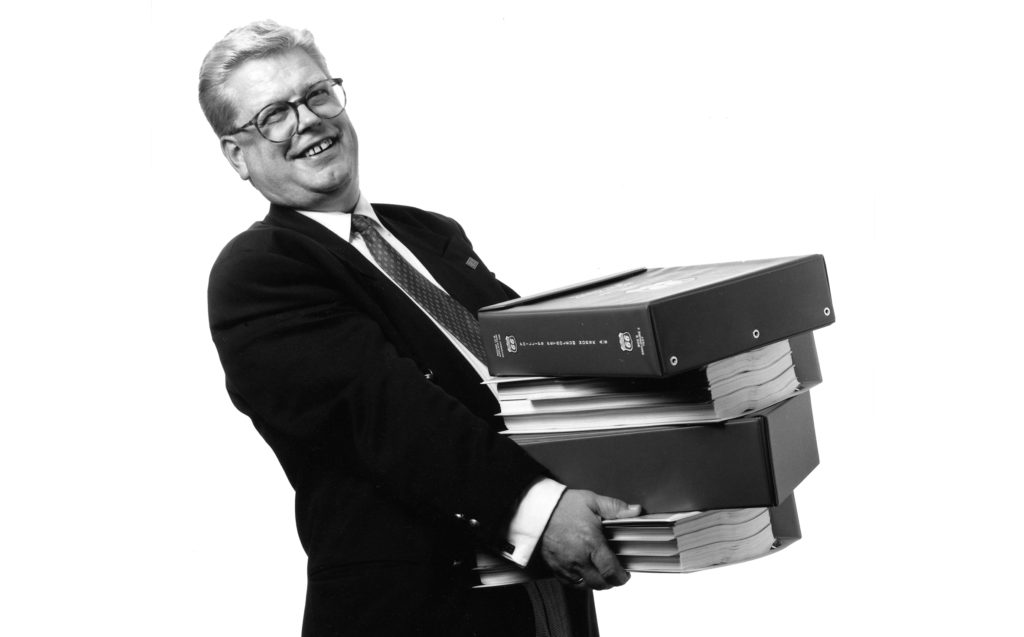Learning from accidents

Several critical incidents also occurred on Rig 2000 that year. These accidents were investigated and improvement measures proposed.
 2001, historie, læring etter ulykker,
2001, historie, læring etter ulykker,The first mishap concerned a 21-year-old Danish roughneck from Deutag Norge Drilling on 4 April 2001. While using manual pipe tongs on the Eldfisk platform, he was crushed between the drill string and a length of drill pipe.
This ranked as the most serious accident in the GEA for a decade. The investigation showed that Phillips Petroleum had failed to follow up deficiencies identified in an official audit. Carried out on a different platform the autumn before, the latter found that the company was breaching Norway’s regulation in various ways.
 ekofiskkomiteen, logo, engelsk,
ekofiskkomiteen, logo, engelsk,These included failing to conduct job analyses, transfer experience, and be thorough in assessing and communicating possible risk. Such sloppiness resulted in poor safety. When investigating the Eldfisk case, the Norwegian Petroleum Directorate (NPD) could not see that Phillips had tightened its safety routines.[REMOVE]Fotnote: Thorkildsen, Arleen, “Borestans vekker uro blant Phillips-aksjonærer”, Stavanger Aftenblad, 27 April 2001.
Deutag also came in for criticism, since the NPD took the view that the company lacked expertise on and experience with the use of manual drilling equipment. Although automated pipehandling is mandatory in the Norwegian North Sea, certain tasks nevertheless have to be done manually. That calls for an exemption from the rules.
It was in connection with this manual operation that the NPD found irregularities in the routines. All drilling on Ekofisk was therefore halted with immediate effect on 26 April 2001.
“These companies have a culture which differs from that found in Norwegian industry, and constant cost cuts have led to a decline in safety”
The unions, with the Federation of Offshore Workers Trade Unions (OFS) in the lead, expressed criticism of Deutag as the drilling contractor. “These companies have a culture which differs from that found in Norwegian industry, and constant cost cuts have led to a decline in safety,” claimed OFS president Terje Nustad.
Conversations with workers on Ekofisk exposed ignorance of regulations and routines, while the NPD also found technical deficiencies. Phillips had, for instance, cut safety precautions and permitted certain shortcuts.
Drilling resumed after six days. The NPD had then received documentation and confirmation that Phillips had taken the action demanded on two of the platforms.[REMOVE]Fotnote: NTB, “Boring på Ekofisk starter opp igjen”, 1 May 2001.
 Fjernovervåking av Vest-Ekofisk 2/4 D, forsidebilde, Læring etter ulykker
Fjernovervåking av Vest-Ekofisk 2/4 D, forsidebilde, Læring etter ulykkerTaking place in October that year, the roustabout accident on West Ekofisk 2/4 D involved an Odfjell Drilling employee who was loosening a bolt on a wellhead.
This bolt had pressure behind it, and was blown out. The nut runner hit the man in the chest, causing serious injury. He was quickly evacuated to hospital in Stavanger.[REMOVE]Fotnote: Ytre-Arne, Elin, “Mann alvorlig skadet på Ekofisk-plattform”, Stavanger Aftenblad, 13 October 2001.
West Ekofisk 2/4 D had not been on stream since 1998, and the drilling crew were in the process of plugging the well and making everything ready for removing the structure.
 Læring etter ulykker,
Læring etter ulykker,Lars Takla, CEO of Phillips Norway, expressed concern that such an accident could occur. It joined a series of undesirable incidents which showed that the company made the same types of errors time and again.[REMOVE]Fotnote: EkofiskNytt, no 11, “Sikkerhet er et lederansvar”, week 48, 2001.
A review of these events identified three sets of causes, including one related to plant and equipment. The others were use of procedures, and organisation and management. Managers needed to assure themselves that work which involved safety risk was adequately planned and that the procedures were followed.
 2001, historie, forsidebilde, læring etter ulykker,
2001, historie, forsidebilde, læring etter ulykker,Phillips appointed its own commission of inquiry, which reported in 2002 that the company had implemented and complied with post-accident measures and improvement recommendations.
The most important of these steps was that collaboration between the drilling and operations functions had been put on a firmer footing.
At the same time, the HSE organisation had focused greater attention on the company’s safety culture and taken new approaches with HSE requirements in drilling contracts. The report concluded that Phillips had put in place the systems and procedures which were important. But it nevertheless recommended a number of improvements.
These related particularly to the overall responsibility of line management.[REMOVE]Fotnote: EkofiskNytt, “God oppfølging av tiltak etter hendelser”, week 38, 2002. That was fully in line with the company’s continuous improvement philosophy. Read more – continuous improvement. These measures appeared to function, since few if any serious drill-floor incidents on the Ekofisk platforms occurred in subsequent years.
Plans to document EkofiskCollaboration on emergency preparedness